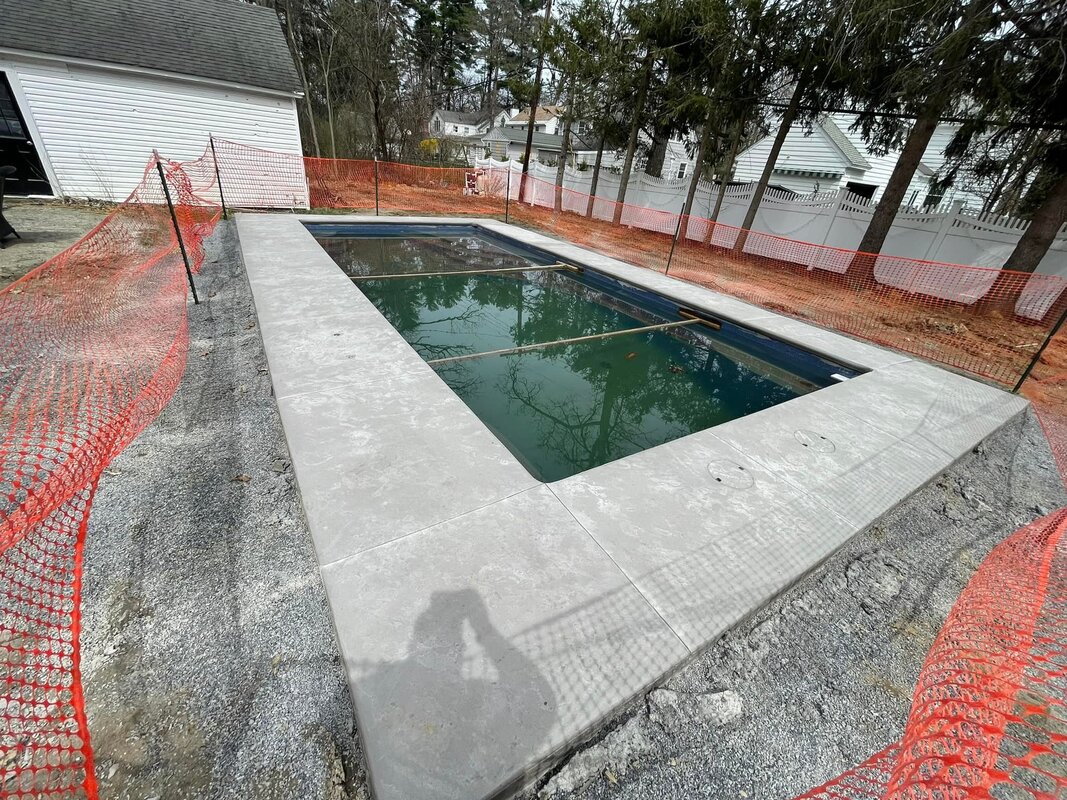How Much Does it Cost to Remove a Concrete Pool?Swimming pools are undoubtedly a luxurious addition to any property, providing countless hours of enjoyment and relaxation. However, circumstances may arise when you find yourself contemplating the removal of a concrete pool. Whether it's due to the need for more yard space, pool maintenance burdens, or an outdated design, the cost of removing a concrete pool is a crucial factor to consider. In this article, we will delve into the various aspects that impact the cost of removing a concrete pool, providing you with a comprehensive guide to help you make an informed decision. Factors That Affect the CostsSize and Depth of the PoolThe size and depth of the concrete pool play a significant role in determining the removal cost. Generally, larger pools with greater depths require more labor, equipment, and time to demolish and remove. The larger the pool, the higher the cost. Access to the PoolThe accessibility of the pool area is another crucial factor affecting the cost. If your pool is easily accessible, it will be easier for contractors and equipment to enter and exit the site. However, if the pool is located in a confined space or has limited access, additional efforts may be required, which can increase the overall cost. Demolition MethodSeveral methods can be employed to remove a concrete pool, each with its associated costs. The two primary techniques are partial removal (also known as abandonment) and complete removal. Partial Removal: This method involves breaking up the concrete and filling the pool cavity with gravel or soil. It is a more affordable option, as it eliminates the need to haul away the concrete debris. However, it may have limitations if you plan to build on the site in the future. Complete Removal: Complete removal involves breaking up and hauling away the concrete, including the pool shell and associated materials. While this method is more expensive, it provides you with a clean slate for future landscaping or construction projects. Permits and RegulationsBefore removing a concrete pool, it's essential to consider any necessary permits or regulations in your local area. Permit costs vary depending on your location and can significantly impact the overall removal cost. It's crucial to research and factor in these additional expenses when budgeting for the pool removal. Additional FactorsSeveral other factors may influence the cost of removing a concrete pool: Location: The cost of labor and disposal fees can vary depending on your geographical location. Utilities: Disconnecting and capping off utilities such as water, gas, and electricity lines associated with the pool may incur additional costs. Debris Removal: The cost of hauling away the concrete debris from the site may vary based on the volume and distance to the disposal facility. Restoration: After the pool removal, you might want to consider restoring the area with topsoil, grass, or landscaping. These restoration costs should be factored into the overall budget. Hiring a Professional ContractorWhen it comes to removing a concrete pool, it is highly recommended to hire a professional contractor with expertise in pool demolition and removal. While the cost of hiring a contractor is an additional expense, it is well worth it considering the complexity of the task and the potential risks involved. An experienced contractor will ensure the job is done efficiently, safely, and in compliance with local regulations. Obtaining Quotes and Comparing CostsTo get an accurate estimate of the pool removal cost, it is advisable to obtain quotes from multiple contractors. Requesting detailed proposals will allow you to compare costs, methodologies, and the scope of work involved. Remember to review the reputation and credentials of the contractors, seeking referrals or reading reviews from previous clients to ensure their reliability and quality of work. Budgeting for Unexpected ExpensesDuring the pool removal process, unexpected expenses may arise. It's wise to allocate a contingency budget to account for any unforeseen complications, such as the discovery of underground utilities, structural issues, or poor soil conditions. Having a buffer in your budget will help you address these challenges without derailing your project. Reusing or Selling Pool ComponentsIf the pool removal involves salvaging any reusable components, such as pumps, filters, or pool equipment, you may consider selling them. Depending on their condition, these items may have some value, offsetting a portion of the pool removal cost. Consult with your contractor or explore online marketplaces to explore potential buyers interested in used pool equipment. Long-Term SavingsWhile the upfront cost of removing a concrete pool may seem substantial, it's crucial to consider the long-term savings. By eliminating ongoing pool maintenance, repairs, and operating costs, you can potentially save significant amounts over time. Additionally, repurposing the space for landscaping, outdoor living areas, or other purposes may increase the value of your property in the long run. Concrete Pool RemovalRemoving a concrete pool involves several factors that influence the overall cost. By carefully considering the size, access, demolition method, permits, and additional expenses, you can budget effectively and ensure a successful pool removal project.
Remember to consult with professional contractors, obtain multiple quotes, and account for potential unforeseen expenses. With proper planning and budgeting, removing a concrete pool can transform your property, enhance your lifestyle, and provide a fresh canvas for future projects.
0 Comments
Leave a Reply. |
|

